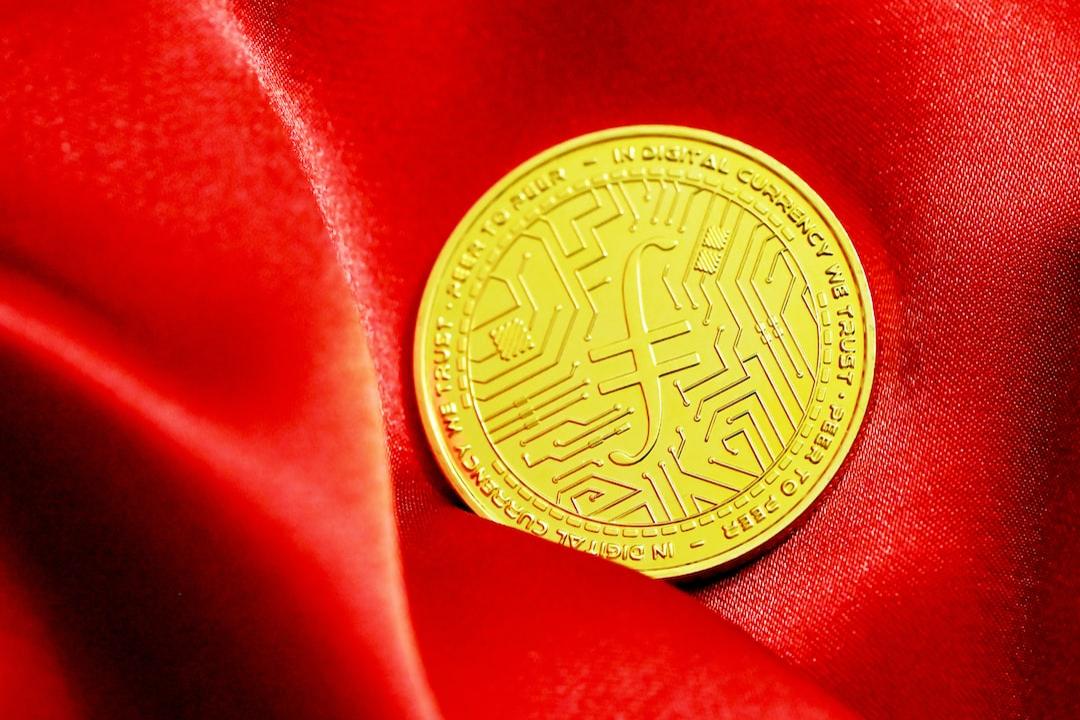What Happened?
NVIDIA’s stock recently displayed a “Death Cross” signal, raising concerns in the market about a potential downtrend and recalling historical instances where similar signals led to significant price corrections.
Despite the appearance of the bearish “Death Cross” signal, analysts suggest that this does not necessarily indicate an absolute warning of decline. It may reflect recent price consolidation, and there are also differing responses in the market for AI-related cryptocurrencies.
NVIDIA Stock Forms a Death Cross
The annual GTC conference by chip manufacturing giant NVIDIA is typically a key event for the tech industry, drawing significant attention from investors. However, after this year’s GTC conference, NVIDIA’s stock experienced a decline, even forming a “Death Cross,” which triggered concerns in the market.
The “Death Cross” is a technical analysis sell signal that occurs when a stock’s 50-day moving average falls below its 200-day moving average.
During the weekend, NVIDIA’s 50-day moving average dropped to $127.39, below the 200-day moving average of $127.73. While the stock price rebounded afterward, it still raised caution among investors.
Historically, NVIDIA last experienced a “Death Cross” in April 2022, during a bear market. In the six months following that event, NVIDIA’s stock fell by 47%, only rebounding in October 2022.
BREAKING : Nvidia $NVDA just formed a Death Cross ☠️ for the first time since April 2022 The last one sent shares plunging 47% over the next 6 months
pic.twitter.com/y1tKICaZaA— Barchart (@Barchart) March 23, 2025
After a staggering 948% surge since October 2022, the appearance of the “Death Cross” once again raised questions about whether a similar large decline is imminent. This has become a focal point for market observers.
However, Ari Wald, head of technical analysis at Oppenheimer & Co., believes that this “Death Cross” may not be entirely reliable and could even be a “false signal.” He pointed out that not every “Death Cross” leads to significant declines, and the current situation may reflect NVIDIA’s price range-bound movement over the past year.
Wald noted that NVIDIA’s stock has shown little progress in the past 6 to 9 months, indicating weakening momentum. He currently holds a neutral view on NVIDIA stock and is waiting for broader market bottom signals. He also emphasized that $128 is a critical resistance level for NVIDIA’s stock, while $100 serves as a key support level.
Why Did NVIDIA’s Stock Drop?
So, why did NVIDIA’s stock decline and form a “Death Cross” after the highly anticipated GTC conference?
This could be attributed to multiple factors.
First, the “Sell the News” effect might be at play. Ahead of the GTC conference, the market may have already priced in optimistic expectations for NVIDIA, with many investors buying in advance. Once the conference concluded, regardless of the positive news released, some investors may have opted to take profits, leading to a pullback in the stock price.
Secondly, while the GTC conference may have announced numerous innovative technologies and products, these developments failed to surpass the market’s extremely high expectations.
Maribel Lopez, founder of Lopez Research, believes that much of what Jensen Huang discussed at the GTC conference was merely reiteration of known plans. Emerging technologies like quantum computing and robotics are unlikely to become major revenue sources for NVIDIA in the short term, and their development lags behind the core chip business. Huang himself also agreed with this view, acknowledging that quantum computing and robotics will take time to yield real returns.
Additionally, Chinese media outlet “News Eye” pointed out that the drop in NVIDIA’s stock after the conference could be due to unmet expectations, with many of the announcements merely reflecting the continuation of established roadmaps without any surprising breakthroughs.
Furthermore, cloud service providers like Amazon and Google are developing their own AI chips, which could reduce their dependence on NVIDIA in the future. More notably, a Chinese startup, DeepSeek, launched a low-cost inference model that reportedly achieves similar results using fewer NVIDIA chips, further raising investor concerns about the demand for NVIDIA’s premium-priced chips.
These factors may have contributed to increased investor concerns about NVIDIA’s future growth prospects, putting pressure on its stock price.
Will NVIDIA’s Stock Decline Impact AI Cryptocurrencies?
Interestingly, the movement of NVIDIA’s stock may also influence AI-related cryptocurrencies.
Some cryptocurrency analysts believe that the price of AI cryptocurrencies is linked to NVIDIA’s stock performance. For instance, ahead of NVIDIA’s Q2 2024 earnings report, AI-related coins saw a significant price increase of nearly 70%.
However, despite NVIDIA’s bearish trend before the March 21 close, some AI-related cryptocurrencies, such as Render (RNDR), Bittensor (TAO), and Artificial Superintelligence Alliance (FET), saw price increases afterward. This suggests that the AI cryptocurrency market may not always be tightly correlated with NVIDIA’s stock performance.
As AI gradually enters the mainstream, more and more cryptocurrency traders believe that the market’s AI hype is cooling off. Data shows that the total market value of top AI and big data cryptocurrencies has dropped by 23.7% in the past month.
However, this does not mean that AI has no future in the blockchain world. A recent CoinGecko survey showed that nearly half of cryptocurrency experts remain optimistic about AI cryptocurrencies in 2025, with around 25% of respondents being “completely optimistic,” and another 19.3% expressing “some optimism.”
This implies that in the future, only those AI coins that provide real market solutions and generate revenue will survive, while those purely speculating on quick profits will disappear.
The whole #AIhype has already died down, now it’s time for those who provide market solutions and have revenue.
I already showed the $FET token at the beginning of my channel in 2021—if someone has held it since then, they’ve done pretty well. But now the bet is that AI…
pic.twitter.com/pRsdOlIqfh— CryptoCosta (@costa_crypto) March 22, 2025
Reference sources: businessinsider, cointelegraph

